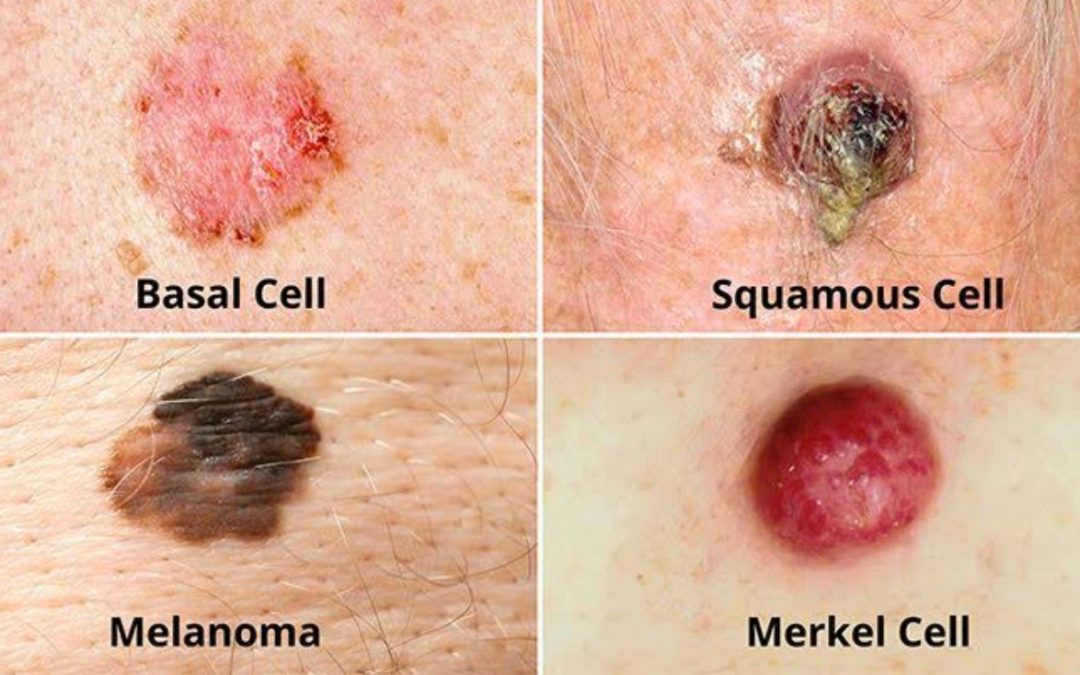How to spot skin cancer: early detection saves lives
The world’s most common cancer is a relentless disease that strikes one in five people by age 70. The good news is that most cases are curable if they are diagnosed and treated early. But we have to spot it on time.
To spot skin cancer early it helps to know how your skin normally looks. That way, you’ll notice any changes more easily. Please be aware that it is important to check your skin both thoroughly and regularly (once a month ideally) to ensure you identify abnormal changes as early as possible.It is also important to seek immediate professional advice from your GP or skin cancer specialist, such as a plastic surgeon.
Skin cancer is the cancer you can see. Unlike cancers that develop inside the body, skin cancers form on the outside and are usually visible. That’s why skin exams, both at home and with a dermatologist, are especially vital.
If you see something unusual and new get it checked by a skin cancer specialist. This includes:
1. A growth that increases in size and appears pearly, transparent, tan, brown, black, or multicolored
2. A mole that increases in size, thickness, changes color or texture, or is bigger than 5mm
3. An open sore that does not heal within four weeks
4. A spot or sore that continues to itch, hurt, crust, scab or bleed
There are many types of skin cancer, which can be divided into two categories: melanoma and non-melanoma skin cancers. The main difference between both is the type of cell in which they develop and the pace at which they develop. Melanoma tends to spread faster in your body than non-melanoma skin cancer.
Melanoma starts in cells we call melanocytes, which you have in your skin and eyes. This type is mostly caused by UV light. Non-melanoma skin cancer is a common type of cancer that starts in the top layer of your skin. It is also mostly caused by exposure to UV light. Non-melanoma skin cancer is usually very treatable and can often be prevented by reduced exposure to sunshine.
Prevention is key to lowering your risk of developing skin cancer. Here are some essential steps:
1. Practice sun safety: Avoid prolonged exposure to direct sunlight and wear protective clothing, such as wide-brimmed hats, sunglasses, and long sleeves.
2. Use sunscreen daily.
3. Avoid tanning beds
4. Examine your skin regularly
5. Get regular skin check-ups with a skin cancer specialist

Recent Comments